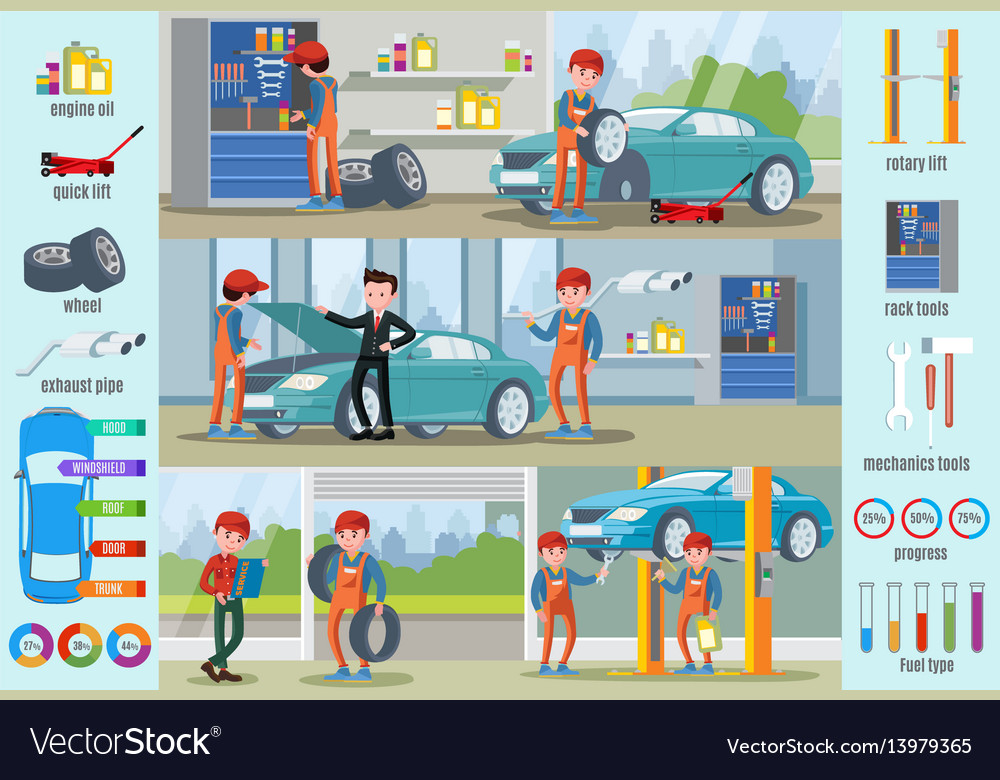Learn To Analyze Automobile Caution Lights And Address Prospective Issues With Assurance
Learn To Analyze Automobile Caution Lights And Address Prospective Issues With Assurance
Blog Article
Post Writer-Guy Kemp
When you're behind the wheel, those little caution lights on your auto's dashboard can be rather puzzling. What do they mean, and should you be concerned? Comprehending these signals is critical for your car's well-being, yet it doesn't have to be a daunting job. By translating the enigma behind each light, you'll be furnished to manage possible issues successfully and maintain your cars and truck running smoothly. So, next time a warning light flashes, do not panic - arm yourself with knowledge and take control of the scenario.
Value of Vehicle Caution Lights
Understanding the importance of your automobile's warning lights is important for keeping your car's health and safety. These lights serve as your vehicle's communication system, alerting you to prospective concerns that might endanger your security on the road or bring about expensive fixings if overlooked. By taking notice of these cautions, you can deal with troubles early and avoid additional damage to your vehicle.
Neglecting cautioning lights can lead to significant effects, such as engine failure, brake breakdowns, and even crashes. These lights are designed to inform you of concerns varying from reduced tire pressure to engine malfunctions, giving you the possibility to do something about it before the situation intensifies. Frequently inspecting and comprehending these warnings can conserve you time, money, and guarantee your security while driving.
Along with keeping you risk-free, responding promptly to cautioning lights can also assist prolong the lifespan of your vehicle. By attending to issues early on, you can protect against tiny troubles from rising into major repair work, eventually saving you money and time over time. Keep in mind, your cars and truck's warning lights are there for a reason - do not neglect them!
Common Warning Lights and Meanings
When it pertains to driving your cars and truck, recognizing common warning lights and their definitions is important for your safety and security and lorry maintenance. Here are a few typical caution lights you might come across:
1. ** Examine Engine Light **: This light shows a problem with your engine. https://emilioztmfx.newsbloger.com/30814808/browse-via-the-exhaustive-manual-for-uncovering-reputable-vehicle-repair-shops-in-your-neighboring-locale could be something small like a loosened gas cap or something much more severe like engine misfiring.
2. ** Battery Light **: This light signals a trouble with your auto's charging system. It can suggest a malfunctioning battery, alternator, or various other relevant parts.
3. ** Oil Stress Light **: When this light begins, it indicates your engine may be running low on oil or experiencing reduced oil stress, which can lead to engine damages if not attended to quickly.
4. ** Brake System Light **: This light shows an issue with your stopping system. It could imply low brake fluid degrees or a problem with the brake system that needs immediate focus.
Understanding these typical warning lights will help you identify prospective problems early and prevent even more considerable problems down the road.
Exactly how to Reply To Caution Lighting
In the event that a caution light illuminates on your auto's dashboard, it's vital to respond promptly and properly. When a warning light begins, the primary step is to consult your proprietor's guidebook to understand the specific concern shown by the light.
Some lights require instant focus, while others might indicate a less urgent issue. If the caution light is red or blinking, it's usually a sign of a significant trouble that requires immediate action. In https://www.usatoday.com/story/news/nation/2021/12/24/michigan-auto-repair-shop-owner-delivers-lost-packages-christmas/9014826002/ , it's advisable to pull over safely, switch off the engine, and look for specialist aid.
For yellow or orange caution lights, while they might not call for immediate focus, it's still essential to deal with the underlying issue promptly to prevent additional damages. Routine upkeep and examination can help stop cautioning lights from coming on all of a sudden.
Final thought
To conclude, comprehending your automobile's warning lights is critical for maintaining your vehicle's health and wellness. By consistently examining and responding to these cautions, you can address potential issues early and avoid pricey repairs or safety and security risks. Remember to consult your proprietor's handbook for information on various warning lights and always take instant action for red or blinking lights. Keep proactive and keep your vehicle running efficiently!
